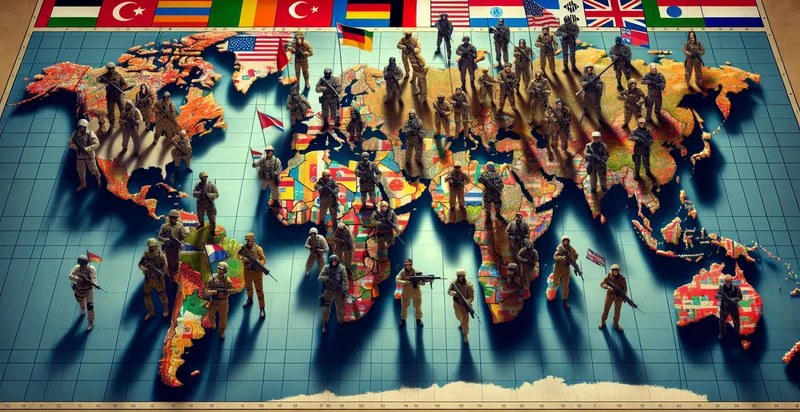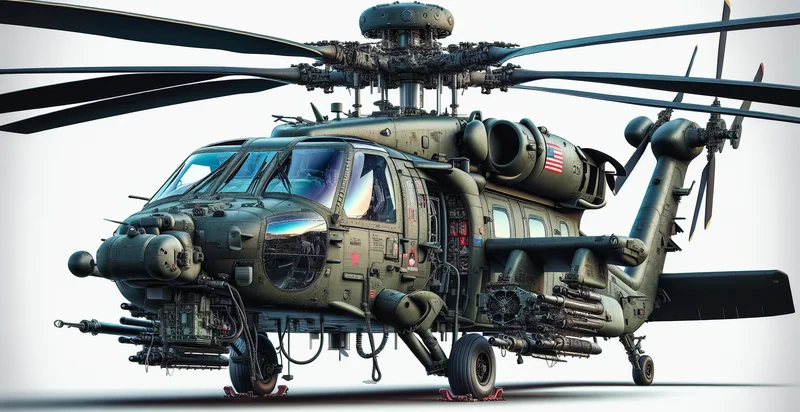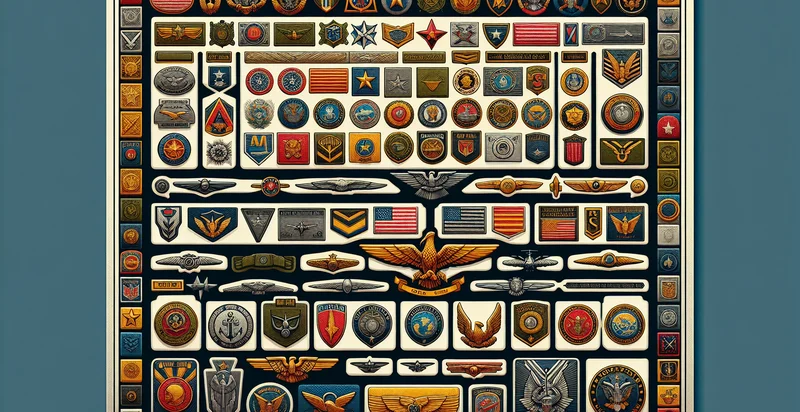Identify risk army type
using AI
Below is a free classifier to identify risk army type. Just upload your image, and our AI will predict the type of risk associated with each army scenario - in just seconds.

Contact us for API access
Or, use Nyckel to build highly-accurate custom classifiers in just minutes. No PhD required.
Get started
import nyckel
credentials = nyckel.Credentials("YOUR_CLIENT_ID", "YOUR_CLIENT_SECRET")
nyckel.invoke("risk-army-type", "your_image_url", credentials)
fetch('https://www.nyckel.com/v1/functions/risk-army-type/invoke', {
method: 'POST',
headers: {
'Authorization': 'Bearer ' + 'YOUR_BEARER_TOKEN',
'Content-Type': 'application/json',
},
body: JSON.stringify(
{"data": "your_image_url"}
)
})
.then(response => response.json())
.then(data => console.log(data));
curl -X POST \
-H "Content-Type: application/json" \
-H "Authorization: Bearer YOUR_BEARER_TOKEN" \
-d '{"data": "your_image_url"}' \
https://www.nyckel.com/v1/functions/risk-army-type/invoke
How this classifier works
To start, upload your image. Our AI tool will then predict the type of risk associated with each army scenario.
This pretrained image model uses a Nyckel-created dataset and has 25 labels, including Air Defense, Airborne, Artillery, Aviation, Cavalry, Chemical Corps, Coastal Defense, Commando, Cyber Warfare and Drone Units.
We'll also show a confidence score (the higher the number, the more confident the AI model is around the type of risk associated with each army scenario).
Whether you're just curious or building risk army type detection into your application, we hope our classifier proves helpful.
Related Classifiers
Need to identify risk army type at scale?
Get API or Zapier access to this classifier for free. It's perfect for:
- Surveillance and Security: Utilizing the 'risk army type' identifier to analyze surveillance footage can help identify potential threats by classifying individuals or groups that resemble military personnel. This functionality can enhance security protocols in public spaces, military installations, and critical infrastructures.
- Crowd Management: Event organizers can implement the classification tool to monitor crowds during large public gatherings or protests. By identifying individuals associated with military-style attire or behavior, security teams can proactively manage potential disturbances and prevent conflict escalation.
- Intelligence Gathering: Defense and intelligence agencies can use the identifier to analyze social media imagery or online videos to track movements or gatherings of groups that pose a risk. This helps in early detection of threats and informs strategic planning for military or defense operations.
- Risk Assessment in Supply Chains: Industries that rely on logistics and transportation can use the tool to identify potential risks in global supply chains. By classifying shipments or individuals at various checkpoints that may pose military threats, businesses can ensure safer transit of goods.
- Training Simulations: Military training facilities can incorporate the 'risk army type' identifier in simulation exercises to heighten realism and enhance the decision-making skills of personnel. By providing instant feedback on threat identification, trainees can improve their situational awareness in high-pressure environments.
- Border Control: Customs and border protection agencies can leverage this tool to enhance security efforts at borders. By accurately classifying travelers and their attire, border control can effectively monitor and prevent the entry of individuals who may pose a risk to national security.
- Insurance and Risk Management: Insurance companies can use the function to assess risks associated with insuring events prone to violence or terrorism. By analyzing images related to crowd behaviors and potential threats, insurers can adjust premiums and coverage policies accordingly based on risk factors.


